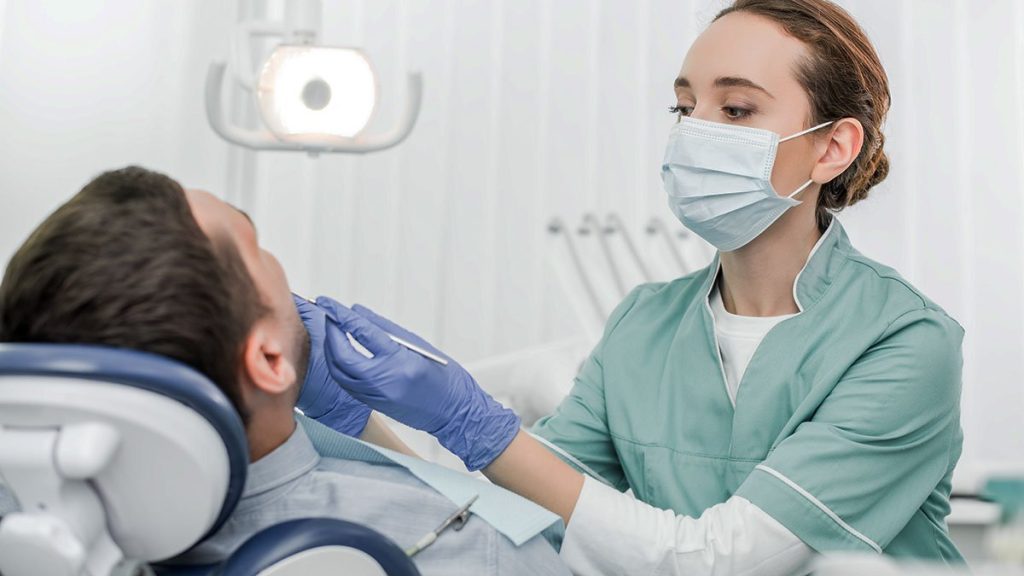Previous studies have shown clear links between oral health and many general diseases, including cancer, cardiovascular disease, diabetes, and Alzheimer’s disease.
To investigate which bacteria are present in dental or jawbone infections, researchers at KI analyzed samples collected between 2010-2020 at Karolinska University Hospital. The result is a list of the most common bacteria.
Here we report for the first time on the microbial composition of bacterial infections from samples collected over ten years in Stockholm County. The findings suggest that a number of oral bacterial infections associated with systemic disease occur constantly, and some have increased over the past decade in Stockholm, says Margrethe Saalberg-Chen, a professor in the Department of Dentistry at Karolinska Institutet.
The most common type of oral bacteria
The study at KI showed that the most common groups of bacteria among the samples were Bacteroides, Streptococcus bacteria, Proteobacteria, and Actinomycetes. When it comes to individual genera of bacteria, the most common are streptococcus aureus, prevotella spp, and staphylococcus.
Dental infections can affect the rest of the body
According to the researchers, the findings provide new insights into the diversity and presence of harmful microbes in oral cavity infections.
This finding is not only important for dental care, but also contributes to a better understanding of the importance of dental infections for patients with underlying diseases. If certain bacteria cause damage to the mouth, there’s a good chance it can be harmful to tissues elsewhere in the body, says Margarete Salberg Chen.
Better diagnosis and treatment
In previous studies, the research group has shown, among other things, that the presence of oral bacteria in the pancreas reflects the severity of pancreatic tumors.
The mapping was done using 1014 samples from an equal number of patients, of whom 469 were women and 545 were men. The study was conducted using the MALDI-TOF mass spectrometry method, which provides rapid identification of individual live bacteria in a sample but is rarely used in dentistry.
– This was an epidemiological study with a limited patient base and to ensure results we need more larger studies. We now hope that dentists will start collaborating more with clinical microbiology laboratories. It could increase understanding of the bacteria causing specific dental infections and contribute to better diagnosis and treatment, says researcher Volkan Ozenci at the Department of Laboratory Medicine, Karolinska Institutet.
Stady:
Clinical microbial identification of severe oral infection by MALDI-TOF mass spectrometry in Stockholm County: an 11-year epidemiological investigation (2010–2020).Microbiology Spectrum.

“Extreme tv maven. Beer fanatic. Friendly bacon fan. Communicator. Wannabe travel expert.”







More Stories
Health promotion work can postpone the elderly's need for care
Linda Wass conducts postdoctoral research at Stanford University with funding from the ALF Foundation
Green light for wild boar meat from the affected area